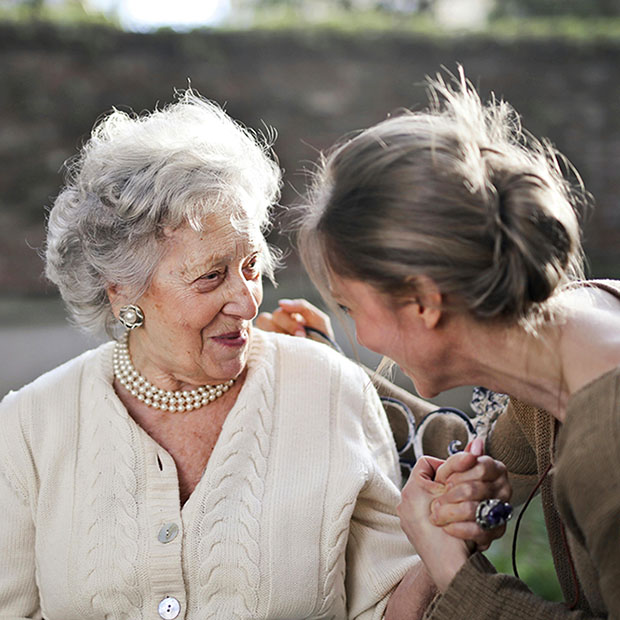February is a pivotal month dedicated to raising awareness about Age-Related Macular Degeneration (AMD) and Low Vision. These conditions significantly impact the lives of millions of people worldwide, particularly as they age. Understanding and recognizing the symptoms, risk factors, and available treatments can make a profound difference in managing and living with these vision challenges.
Understanding Age-Related Macular Degeneration (AMD)
Age-Related Macular Degeneration is a leading cause of vision loss in older adults. It affects the macula, the central part of the retina responsible for sharp, detailed vision. There are two types of AMD:
- Dry AMD: This is the more common form, accounting for about 80-90% of cases. It occurs when the macula thins over time, leading to gradual vision loss.
- Wet AMD: Though less common, this form is more severe. It involves the growth of abnormal blood vessels under the retina, which can leak fluid or blood, causing rapid vision loss.
Recognizing the Symptoms of AMD
Early detection of AMD is crucial. Symptoms include:
– Blurry or fuzzy vision
– Difficulty recognizing faces
– Straight lines appearing wavy
– Dark or empty areas in the center of vision
If you notice any of these symptoms, it’s essential to consult an eye care professional promptly.
Low Vision and Its Impact
Low vision is a term used to describe significant visual impairment that cannot be corrected with standard glasses, contact lenses, medication, or surgery. It affects daily activities and independence. Conditions leading to low vision include AMD, glaucoma, diabetic retinopathy, and cataracts.
Individuals with low vision may struggle with:
– Reading and writing
– Recognizing faces and watching TV
– Navigating stairs and crossing streets
Preventative Measures and Treatments
While there’s no cure for AMD, certain lifestyle changes and treatments can help manage the condition and slow its progression:
– Regular Eye Exams: Early detection through comprehensive eye exams is vital.
– Healthy Diet: Consuming a diet rich in leafy greens, fish, and fruits can support eye health.
– No Smoking: Smoking increases the risk of AMD and other eye conditions.
– Protect Eyes from UV Light: Wearing sunglasses can help protect your eyes from harmful ultraviolet rays.
For those already affected, treatments such as anti-VEGF injections for wet AMD, low vision aids, and rehabilitation programs can improve quality of life.
Raising Awareness and Support
February’s focus on AMD and Low Vision Awareness aims to educate the public about these conditions, promote early detection, and encourage support for those affected. Community events, educational seminars, and social media campaigns play a vital role in spreading knowledge and fostering a supportive environment.
By understanding AMD and low vision, we can better support our loved ones and advocate for advancements in research and treatment. Let’s use this month to raise awareness, support those in need, and work towards a future where vision loss is no longer a barrier to a fulfilling life.
For a low vision evaluation, click HERE or text us at 407-292-9812
The content on this blog is not intended to be a substitute for professional medical advice, diagnosis, or treatment. Always seek the advice of qualified health providers with questions you may have regarding medical conditions. Top image used under CC0 Public Domain license. Image cropped and modified from original.

